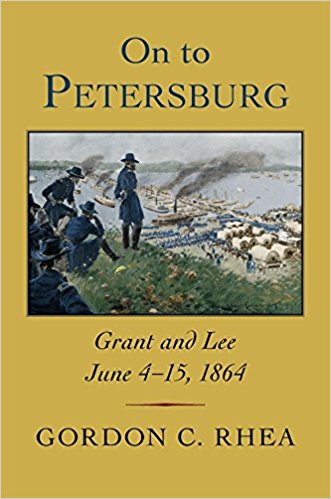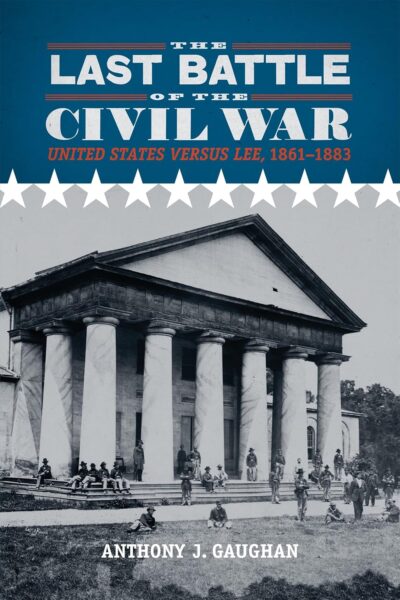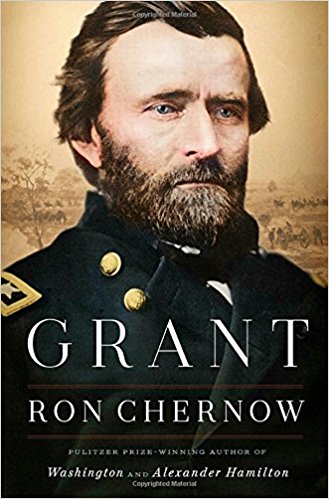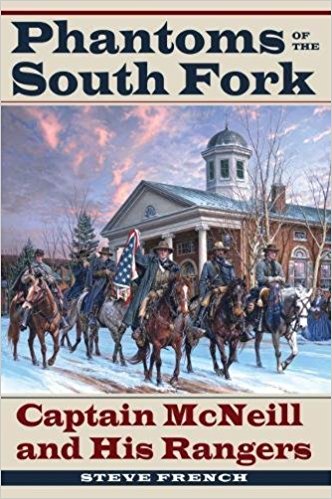“Few histories,” Victoria Bynum laments, “are buried faster or deeper than those of political or social dissenters” (148). By resurrecting the histories of three anti-secessionist communities in the South, Bynum’s latest book about the Civil War home front and post-war aftermath brings previously ignored strains of political and social dissent back to life through an intricate examination of the period rooted in race, gender, and class politics. Ultimately guided by three central questions designed to probe the prevalence of Unionism among southerners during the war, the effects of Union victory on freedpeople and southern Unionists, and the Civil War’s broader legacies, Bynum finds answers in the Piedmont of North Carolina, the Piney Woods of Mississippi, and the Big Thicket of Hardin County, Texas. These regions, though miles apart, are united in Bynum’s analysis by kinship and the political alliances of non-slaveholding, yeoman farming families.
Bynum recounts the struggles of ordinary people—men and women, black and white—who chose dissent, often accompanied by harsh violence, over secession, Confederate complicity, and the Lost Cause. On Bynum’s Civil War home front, military battles bled into allegedly civilian territory as conscripted men abandoned the Confederate cause and took shelter in the communities where women had previously been left to survive. Deserters and their female abettors were ruthlessly hunted and often terrorized by Confederate home guards charged with stamping out desertion via punishment. The act of desertion, Bynum reminds us, was rampant in the final years of the war, and proved particularly prominent in North Carolina; yet, she offers a new, class-based perspective on desertion. In the book’s three featured regions, small, non-plantation style farms—and thereby non-slaveholding farms—were most common. Many subsistence farming southerners, like Newt Knight of the Knight Company of Mississippi or guerrilla leader Bill Owens of North Carolina, rejected the Confederacy because they and other “poor men” had been dragged unwillingly into fighting what they considered a “rich man’s war” (30). In rejecting a war for the slave-owning, plantation class, these southern Unionists communicated dissidence with vernacular of class-based, not overly racial terms.
These home front battles, Bynum tells us, had a lasting effect on the political and social clime of the Reconstruction era, and beyond. When Republican Reconstruction ended and Jim Crow Reconstruction segregated the South, former southern Unionists like Jasper and Warren Collins of the Big Thicket region rejected the two-party political system in favor of alternative platforms such the Populists or Socialists, in addition to the predominant southern religions. Newt Knight and his descendants struggled against the rising tide of white supremacy that sought to divide white, black, and Native American demographics by living openly as a multi-racial community. Furthermore, Bynum highlights the challenges faced by women in the Reconstruction period, as Jim Crow also regulated sexual mores and relations between both the sexes and races.
Thematically, the book harnesses examples of gender, class, and race on the wartime home front and in the post-war period. Yet, even though a vast portion of the book is devoted to discussing the anti-secessionist personalities of Newt Knight, Jasper and Warren Collins, and to a lesser extent, Bill Owens, an explicit examination their gender is curiously overlooked. Bynum mentions that “southern Unionists, Populists, and Socialists” were portrayed as “cowards and traitors,” but she fails to examine the implications of those labels within the broader context of southern masculinity (114). That said, Bynum’s sophisticated, multi-layered analysis of class relations, especially during the Civil War, more than make up for this shortcoming. She thoroughly illustrates a web of complex, inter-community class tensions that linked the conscripted poor, men fortunate to wave Confederate service, and the home guard. Bynum successfully explicates the repercussions of a segregated South on people of mixed race descent who were forced to either claim their black identity, like Anna Knight, a descendant of Newt Knight, or to “pass” as white by relocating away from the communities of their birth and obscuring their ancestry, as many other Knight Company descendants were forced to do.
From a methodological standpoint, keeping straight the web of kinship networks forged by the Knight and Collins families presented a challenge unto itself. Given the sprawling cast of characters that help flesh out Bynum’s Civil War drama, a family tree—to account for the marriages, remarriages, children, and illegitimate children spawned by Knight and company—would have been a welcomed addition to the text.
In the end, Bynum’s tales of political dissent in the South, of female participation on a home front plagued by violence between deserters and the home guard, and of Newt Knight’s mixed race descendents should remind all of us that perhaps a “Solid South” never existed. Though it is difficult, even in hindsight, to ascertain how statistically prevalent dissention against the Confederate cause was during and after the war, Bynum nonetheless offers an intriguing narrative about small, local bands of citizens who believed in the Union and strove to counter Confederates, white supremacists, and other southern conservatives. These dissenting voices were eventually swallowed in the wake of Lost Cause mythology and commemoration, but alternative visions of a different Dixie, such as these, clearly existed and ought never to be buried again.
Laura Hepp Bradshaw is a Ph.D. candidate in history at Carnegie Mellon University in Pittsburgh.





